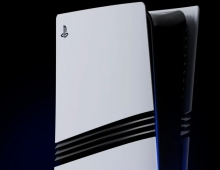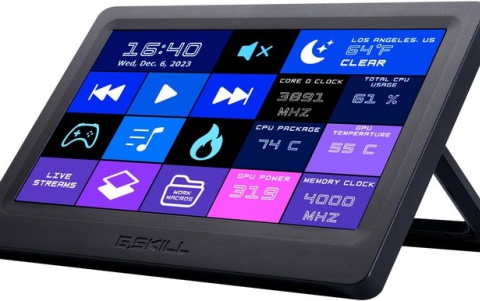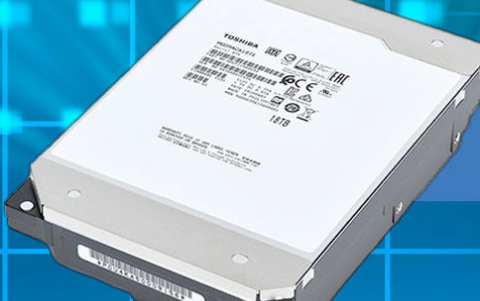
Sony Battery Generates Power From Sugar
Sony today announced the development of a bio battery that generates electricity from carbohydrates (sugar) utilizing enzymes as its catalyst, through the application of power generation principles found in living organisms.
Test cells of this bio battery have achieved power output of 50 mW, currently the world's highest level for passive-type bio batteries. The output of these test cells is sufficient to power music play back on a memory-type Walkman.
In order to realize this hight power output, Sony developed a system of breaking down sugar to generate electricity that involves efficiently immobilizing enzymes and the mediator (electronic conduction materials) while retaining the activity of the enzymes at the anode. Sony also developed a new cathode structure which supplies oxygen to the electrode while ensuring that the appropriate water content is maintained. Optimizing the electrolyte for these two technologies has enabled these power output levels to be reached.

Sugar is a naturally occurring energy source produced by plants through photosynthesis. It is therefore regenerative, and can be found in most areas of the earth, underlining the potential for sugar-based bio batteries as an ecologically-friendly energy device of the future.
Sony said that it will continue its development of immobilization systems, electrode composition and other technologies in order to further enhance power output and durability, with the aim of realizing practical applications for these bio batteries in the future.
The research results presented here have been accepted as an academic paper at the 234th American Chemical Society National Meeting & Exposition in Boston, MA USA, and were announced at 11 am local time on August 22, 2007.
Bio battery test cell specifications
Dimensions : 39 (width) x 39 (height) x 39 (depth) mm
Volume : 40 cc (without casing)
Maximum output : 50 mW
In order to realize this hight power output, Sony developed a system of breaking down sugar to generate electricity that involves efficiently immobilizing enzymes and the mediator (electronic conduction materials) while retaining the activity of the enzymes at the anode. Sony also developed a new cathode structure which supplies oxygen to the electrode while ensuring that the appropriate water content is maintained. Optimizing the electrolyte for these two technologies has enabled these power output levels to be reached.

Sugar is a naturally occurring energy source produced by plants through photosynthesis. It is therefore regenerative, and can be found in most areas of the earth, underlining the potential for sugar-based bio batteries as an ecologically-friendly energy device of the future.
Sony said that it will continue its development of immobilization systems, electrode composition and other technologies in order to further enhance power output and durability, with the aim of realizing practical applications for these bio batteries in the future.
The research results presented here have been accepted as an academic paper at the 234th American Chemical Society National Meeting & Exposition in Boston, MA USA, and were announced at 11 am local time on August 22, 2007.
Bio battery test cell specifications
Dimensions : 39 (width) x 39 (height) x 39 (depth) mm
Volume : 40 cc (without casing)
Maximum output : 50 mW





















